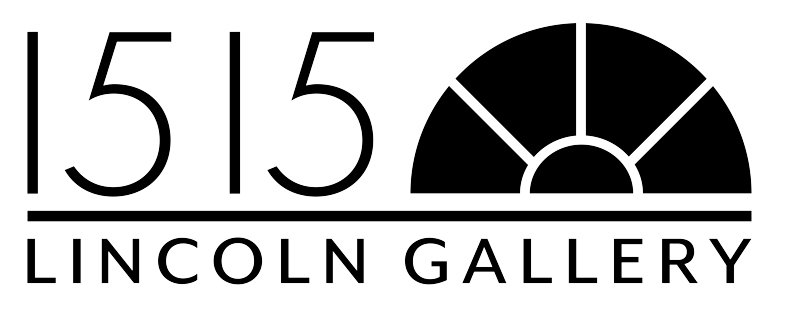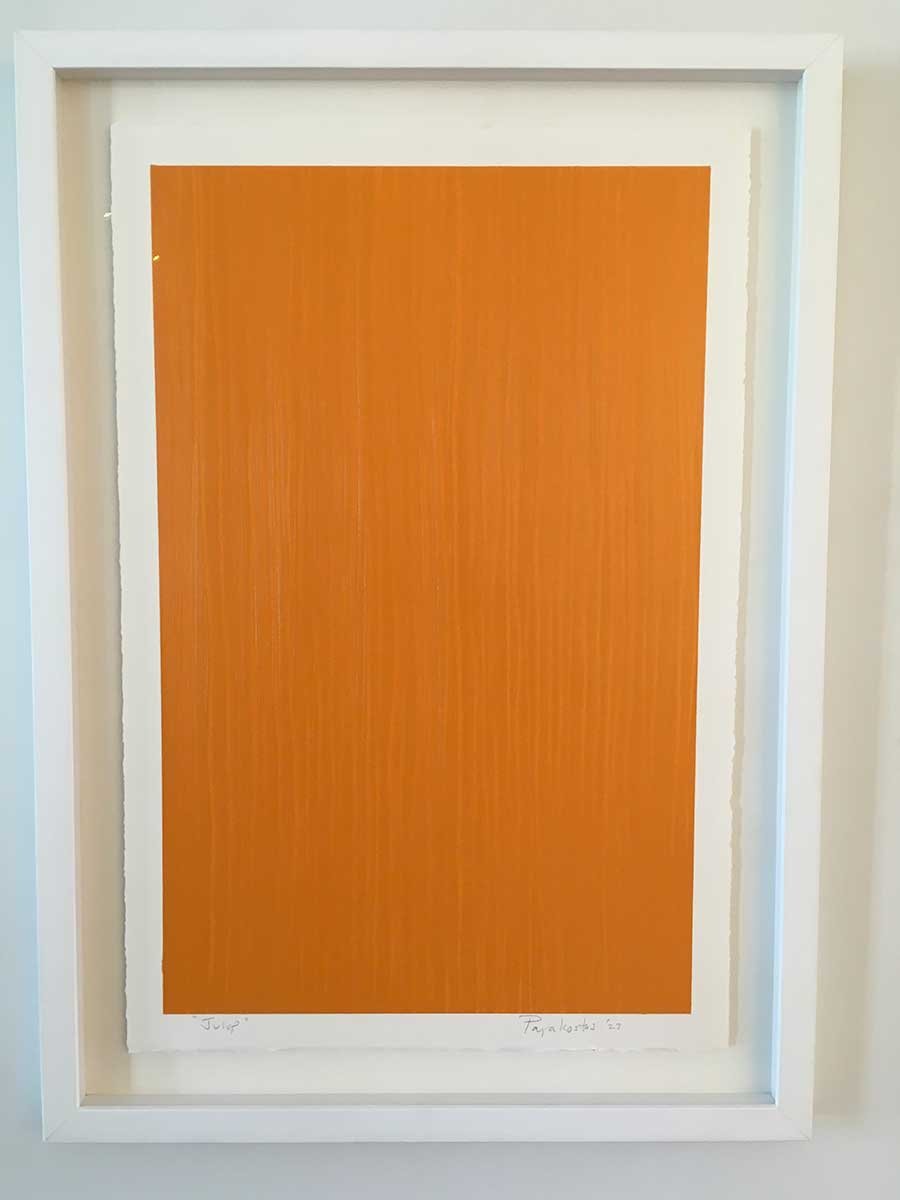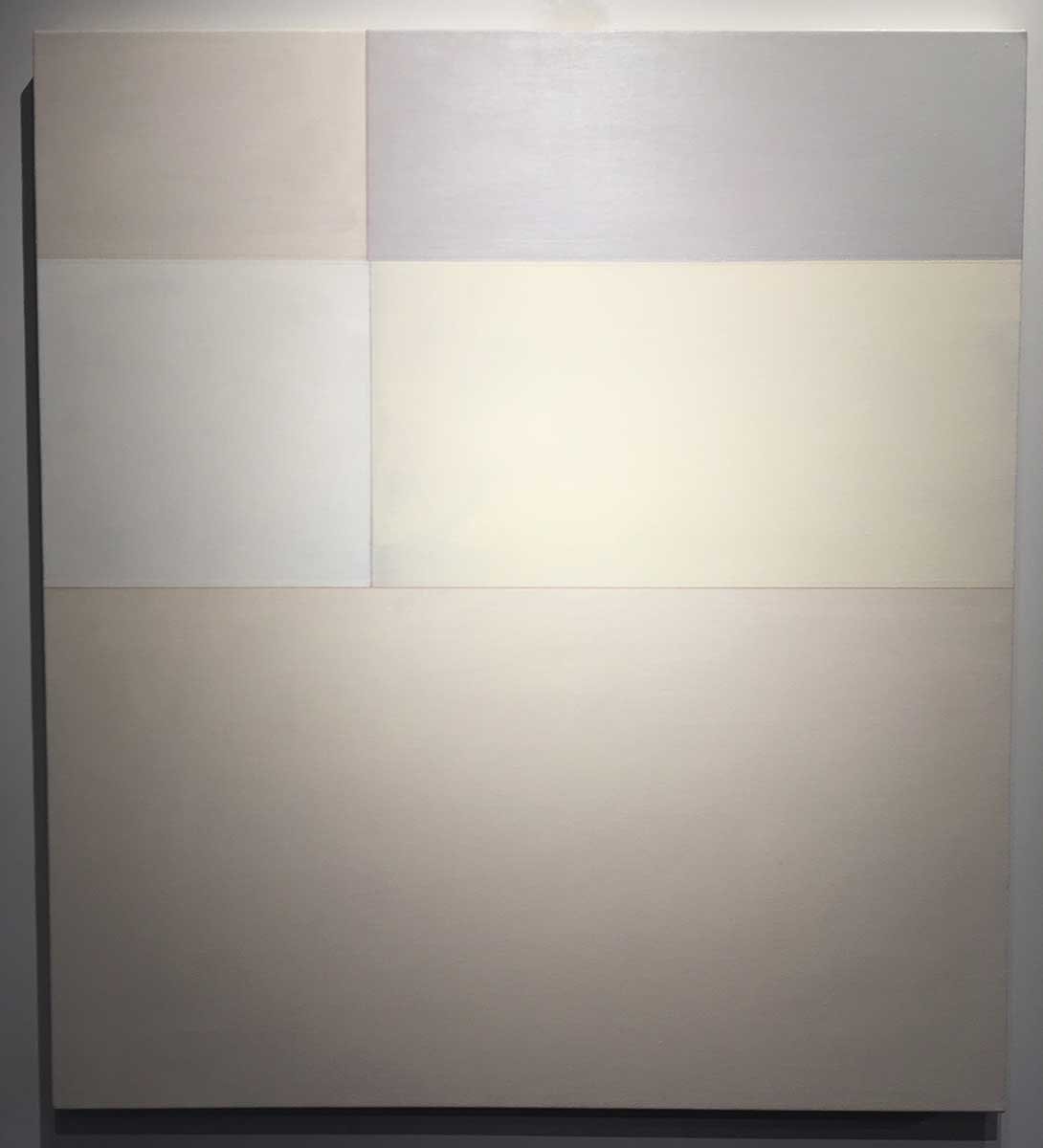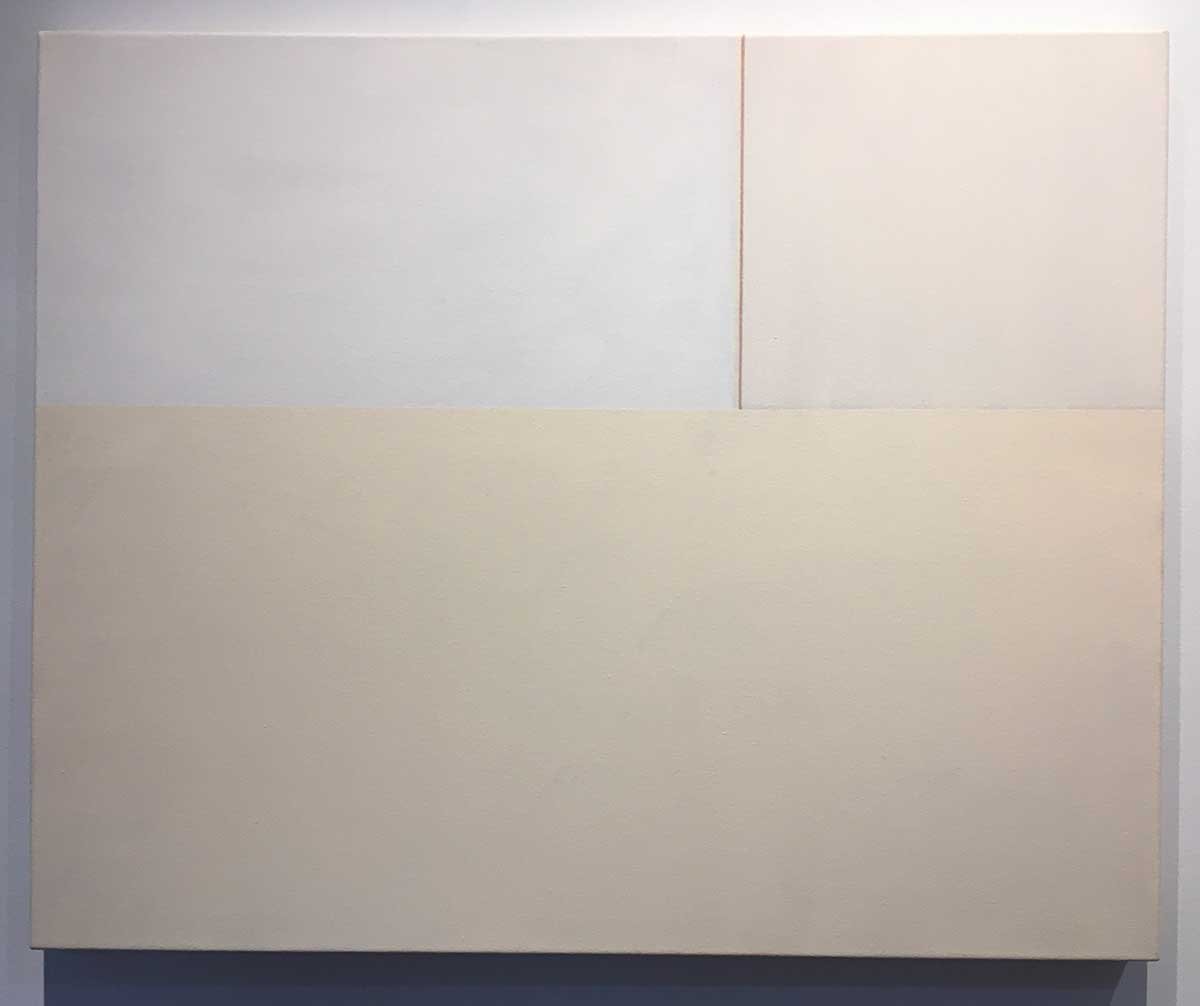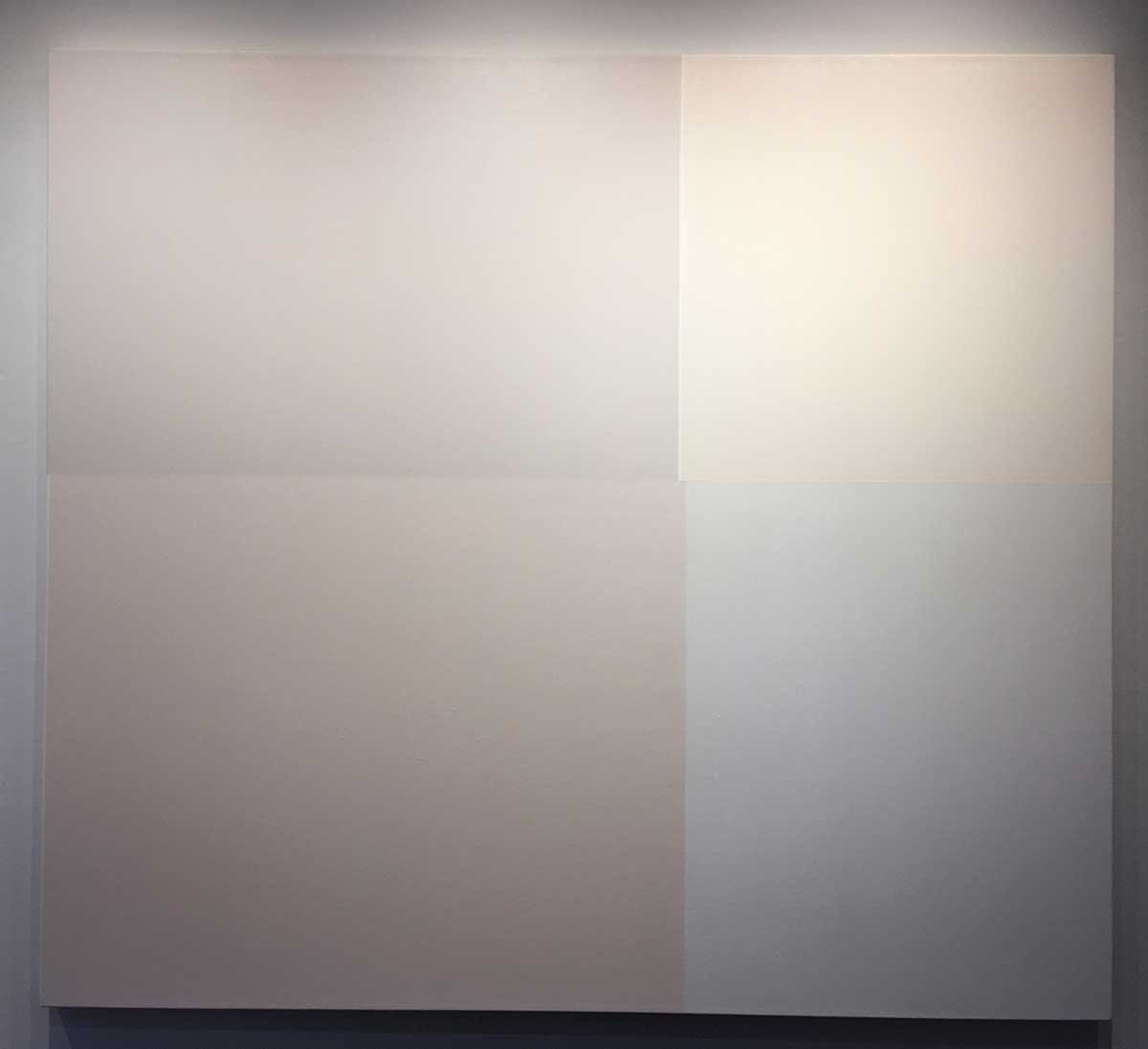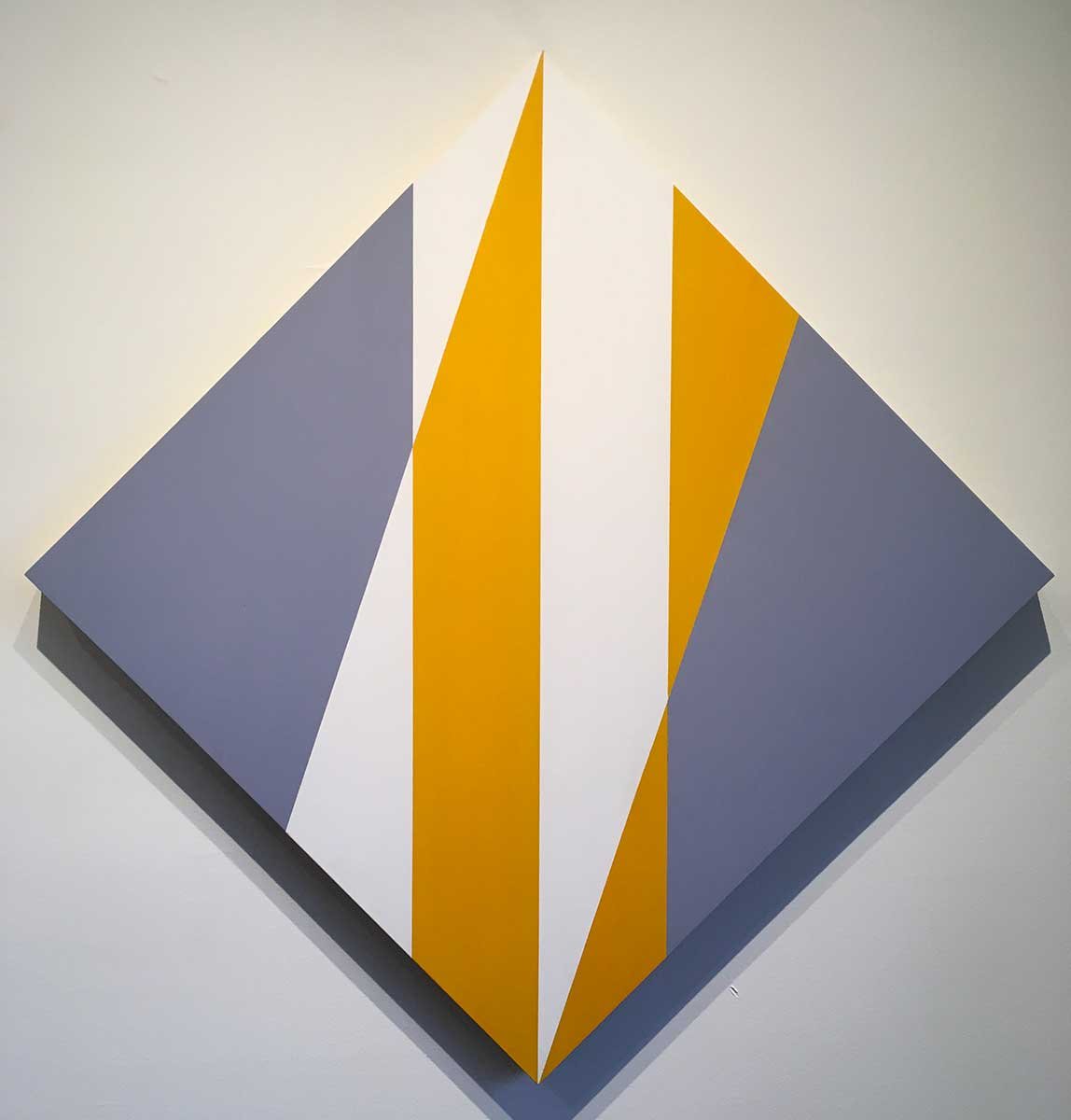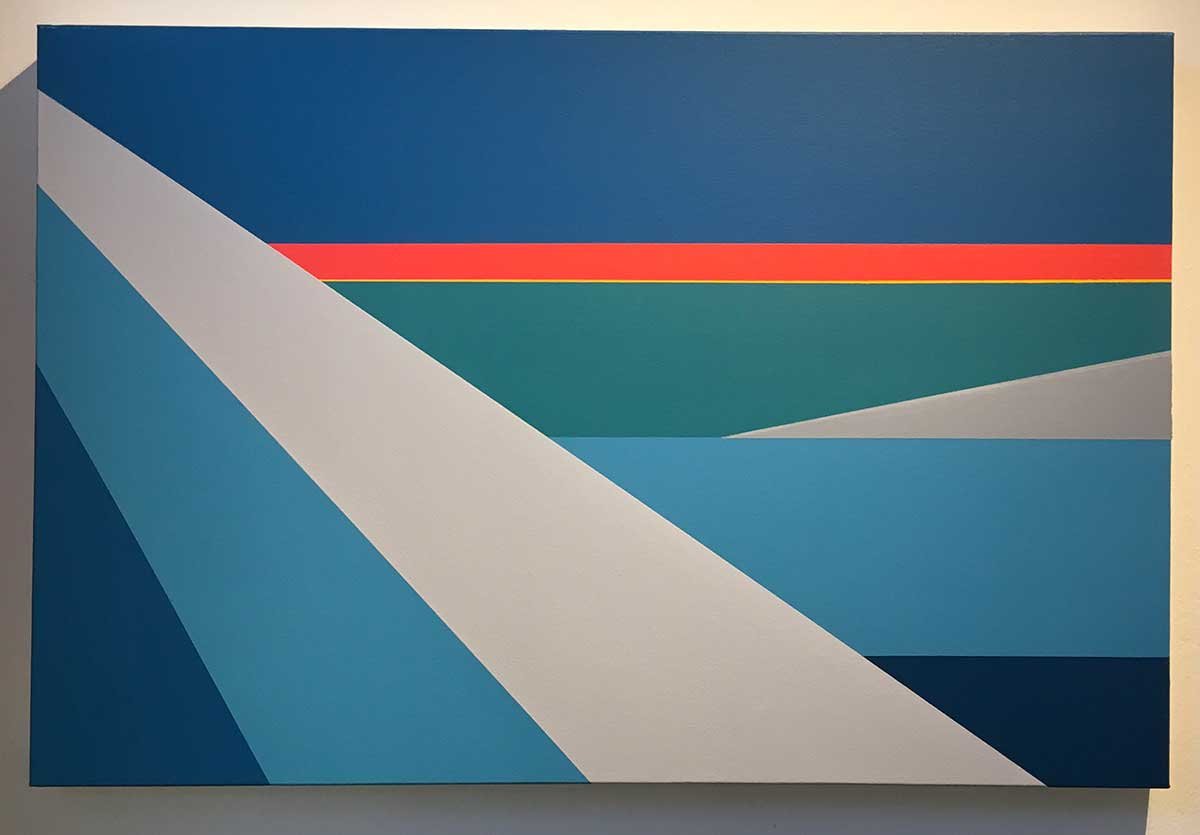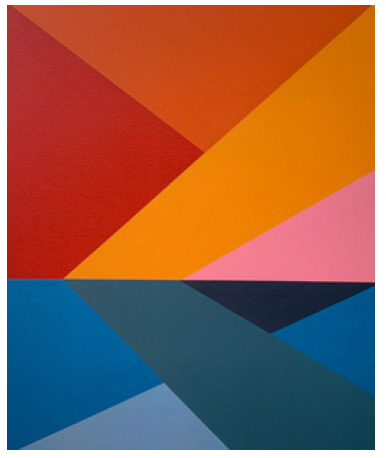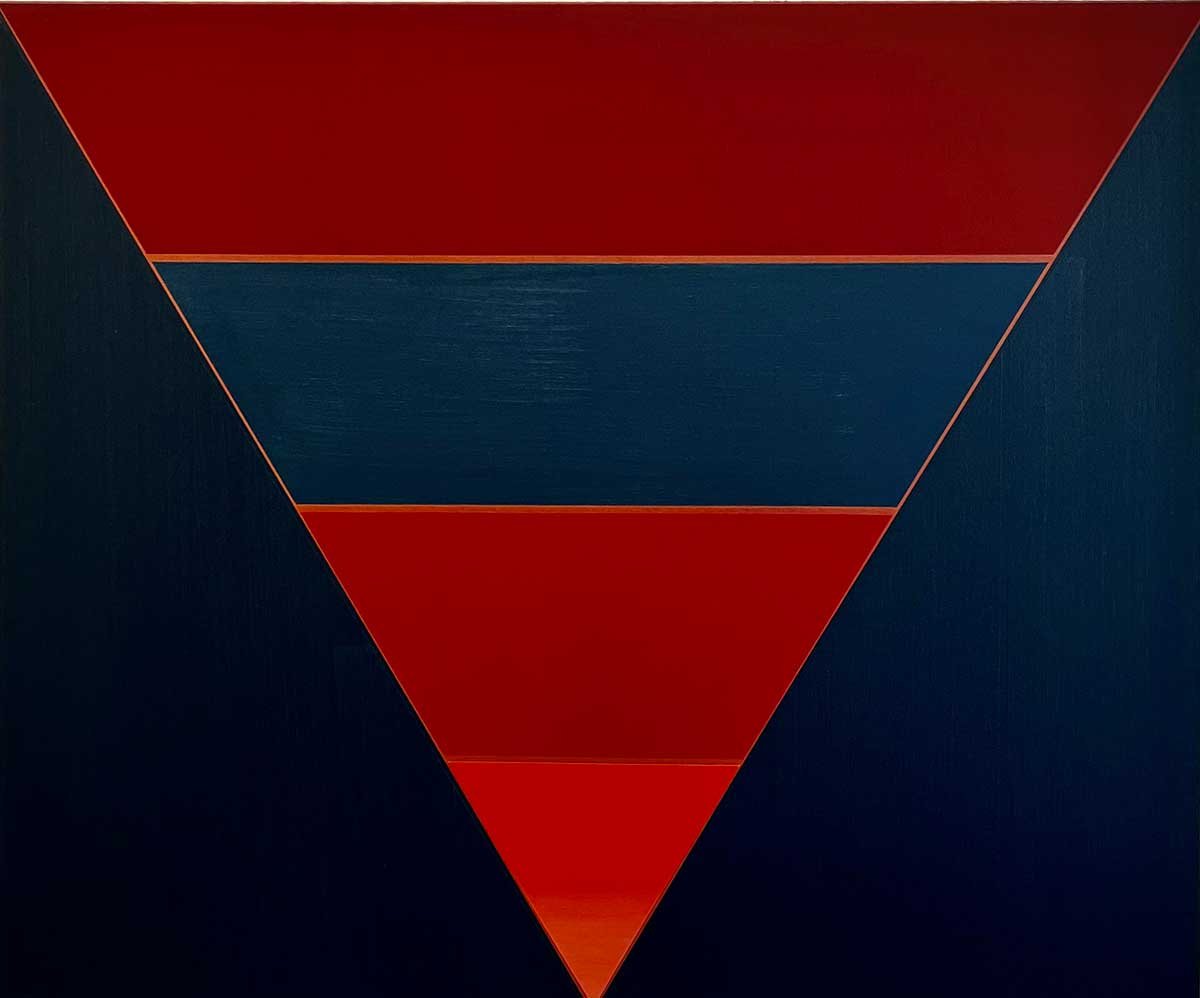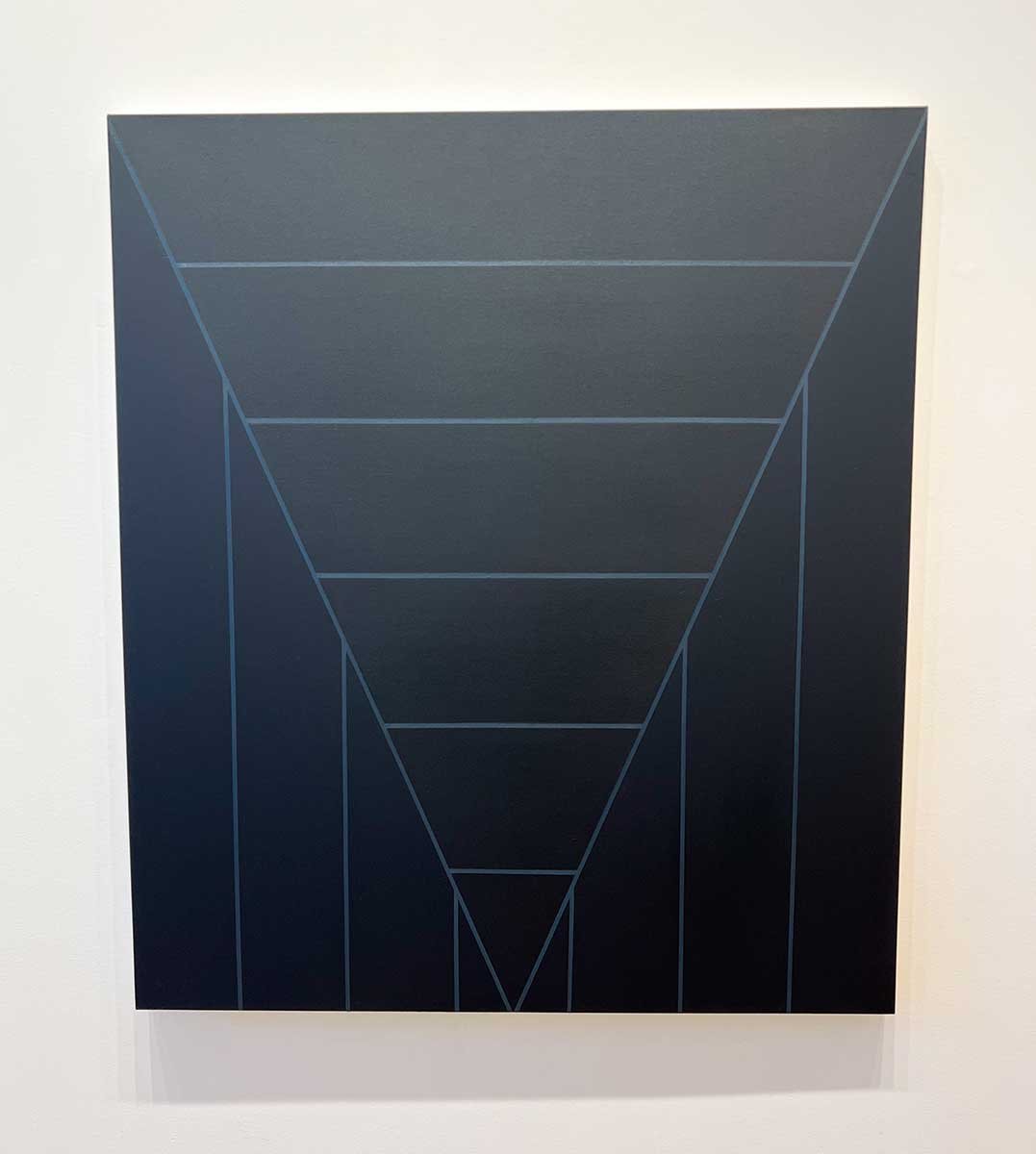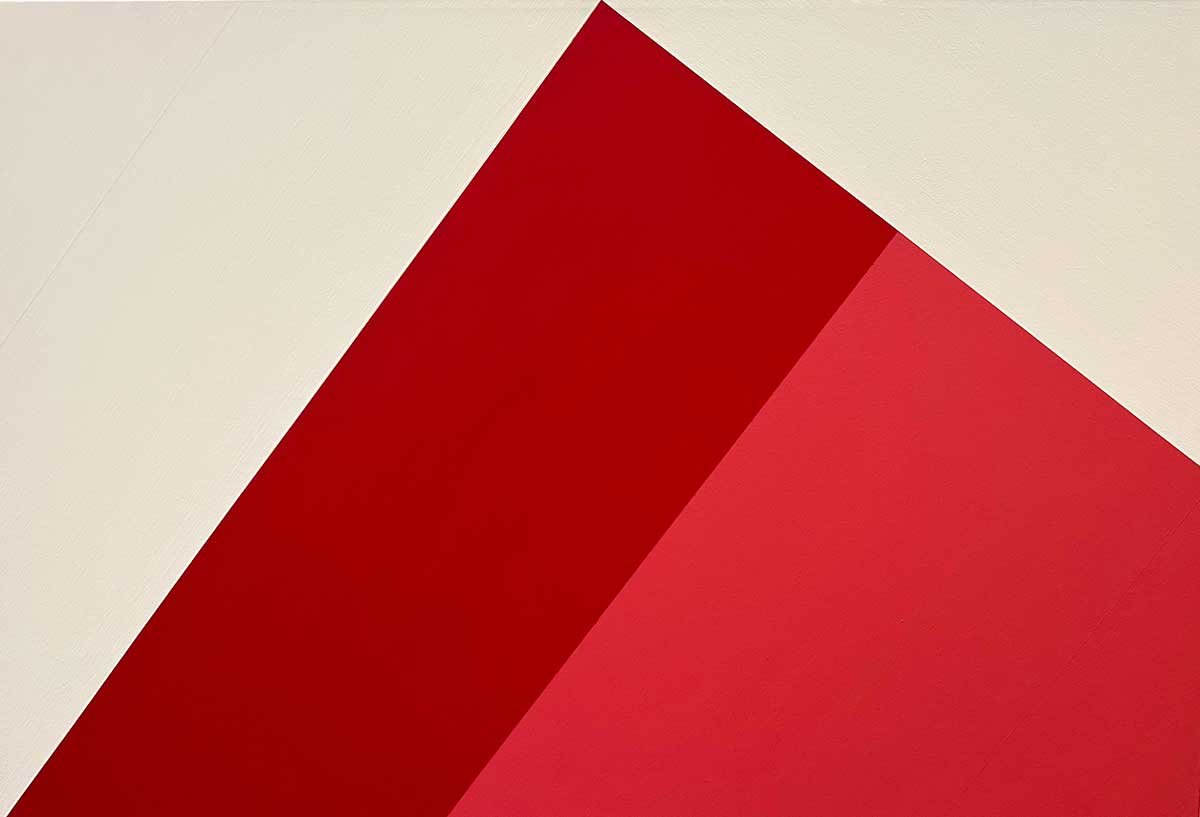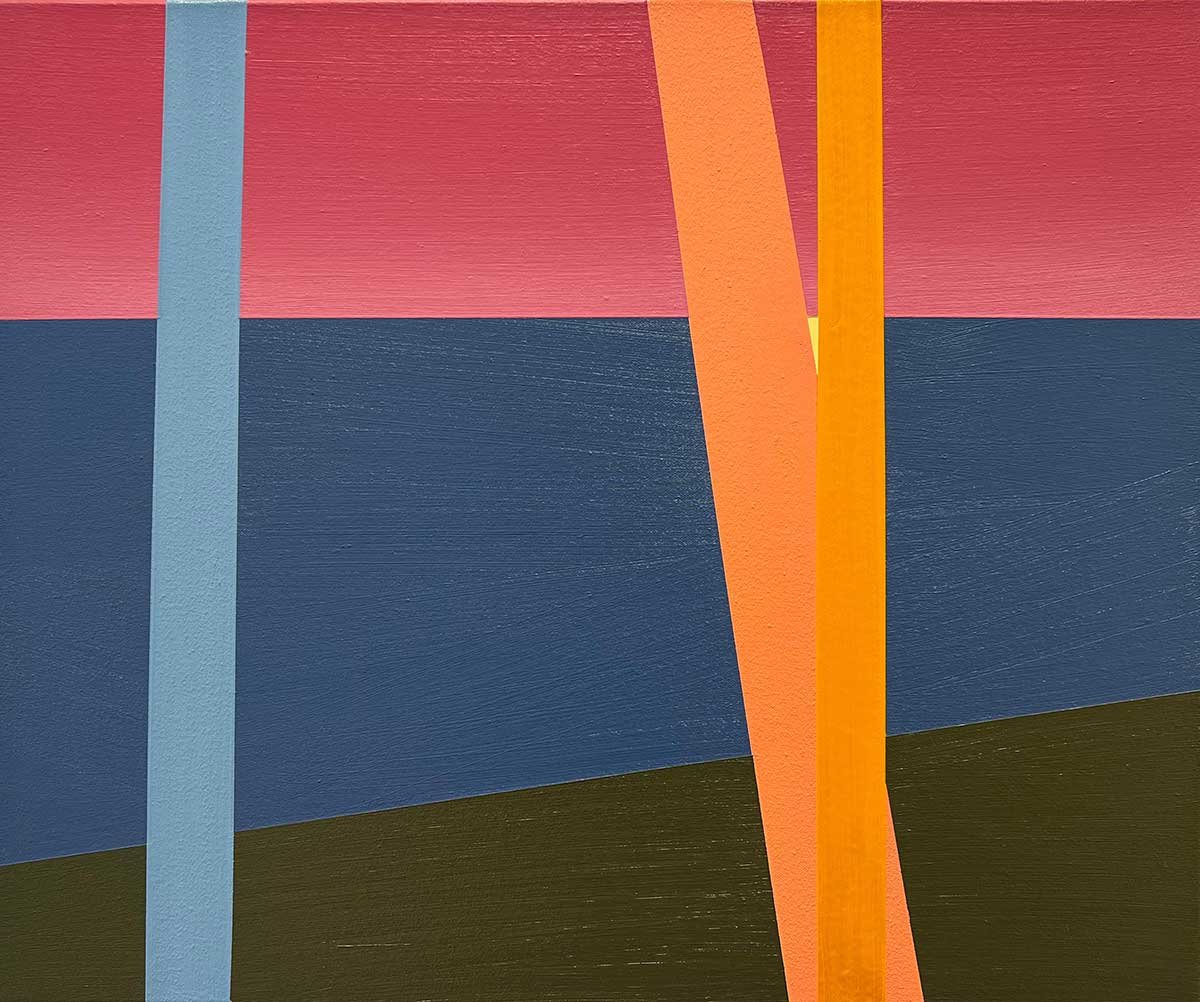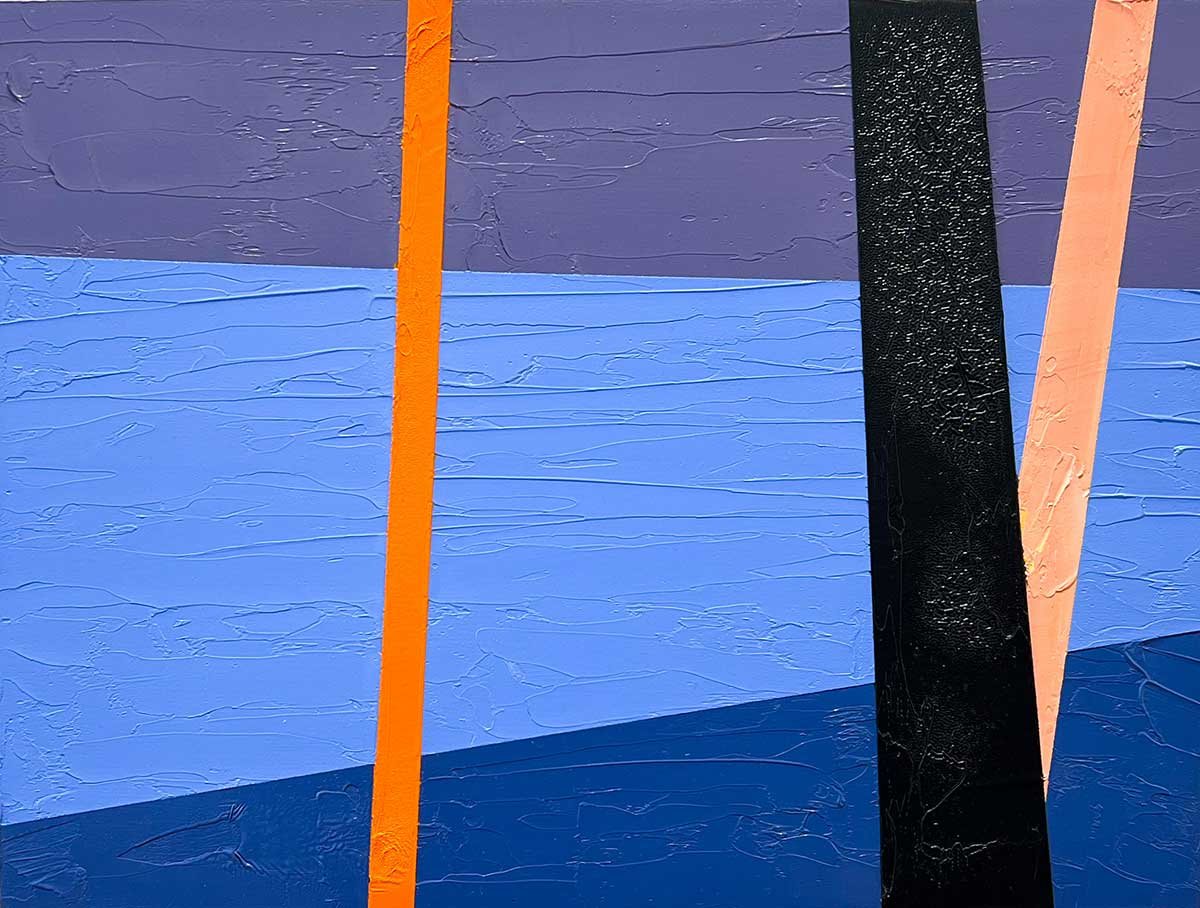Demetrios Papakostas
Demetrios Papakostas was born in Montreal and raised in the city's vibrant multiculturalism by Greek parents who immigrated to Canada. He grew up in a working-class neighborhood and was the second oldest of four children. Demetrios was an artistic child, drawing with pencil and paper every day. He loved to draw comics and superheroes, but a trip to Greece when he was 11 sparked his creative spirit. In 1971, Demetrios' family went on their first trip back to their homeland in 15 years. "My mom took me to visit a friend who was a full-time artist. Art filled the home, and I was awestruck by the potential of a life driven by creativity," says Demetrios. Art was not a priority in Demetrios' family. As immigrants, they considered art a hobby, not a career or educational pursuit. "I figured I would just draw whenever I could for the rest of my life. I continually dabbled in art and became better over time," he says.
Demetrios began to pursue graphic design in his early 30s to hold a stable career that was still creative. "I bought myself a computer, a scanner and taught myself the programs and the software," says Demetrios. He worked with a small graphic arts firm designing brands, logos, and box designs but found office work stifling. In 2001, a few years later, Demetrios took a watercolor course with Heather Yamada at the Visual Arts Centre in Montreal, reigniting his artistic inspiration. "I loved the sense of community and the learning process of painting. The course with Heather encouraged me to pursue my art practice seriously," says Demetrios.
Once the watercolor course ended, Demetrios continued studying privately with Heather, working on his composition and building his skill set. Her determination and motivation challenged Demetrios to grow his talents, expanding from watercolor to acrylic. "It was a big learning curve to paint acrylic. I produced a lot of atmospheric landscapes, finding my style and understanding how paint reacted," says Demetrios. His dining room was his studio, but he ran out of room as he painted larger canvases. In 2004, Demetrios rented an art studio, a pivotal step in his journey to being a professional artist. "My studio was my sanctuary - a transformative space. I experimented more widely with abstract oil pieces. Oil is a completely different way of painting. I enjoyed the freedom of experimentation with the medium," says Demetrios. He did another course with renowned Canadian artist Harold Klunder, who instilled in Demetrios his inventive approach to portraiture and expressionism.
After a few years of working with oil, Demetrios appreciated the expressive approach of abstract oil landscapes and became interested in hard-edge and geometric abstraction. "Architecture inspired me as a kid. Buildings and structure particularly fascinated me," says Demetrios. At first, the hard-edge style intimidated Demetrios because he was self-taught and had more experience with free-hand painting. "I considered geometric hard-edge a more refined artform, but I knew it was something I had to learn. My whole journey as an artist has been independent, with a bit of help here and there. I never thought I had to go to school to learn or discover. One painting will always teach you something for the next," explains Demetrios.
Prominent Montreal artists such as Eve Gauthier, Guido Molinari, and Claude Tousignant inspired Demetrios as he explored hard-edge and geometric abstraction. These artists fascinated Demetrios because they were part of a transformative Canadian art movement in the 50's and 60's. "They were a group of rebels. They wrote manifestos and had their way of doing things," says Demetrios. Looking at the creative work of artists like Gauthier and Molinari encouraged Demetrios to follow his path as well.
With his artwork, Demetrios inquiries into the subtleties of the relationship between abstract thinking and the human condition. "Movement and illusion interest me, whether through color or shape. I like to play with the physicality of viewing artwork, the way lighting or the audience's location can alter the experience. Creative perception can open doorways to communicate our journey in life," says Demetrios. His first deep dive into geometrics was with "The Structure of Things" series in 2011, which focused on doorways, angles, and technical form. Twelve years on, Demetrios has created a vast body of work in hard edge, color field paintings, and freeform abstraction. "Geometric artwork is a style defined by planning and exactness, but I believe it is important to include spontaneity and change in the creative process," says Demetrios.
In 2016, change came to Demetrios' artistic life when the building housing his studio was closing, pushing him to find a more long-term studio space. He discovered space in Montreal's Little Italy neighborhood and purchased it, converting half into his art studio and half into a gallery he named Galerie Erga. His new creative area became a rental gallery and community space dedicated to artists producing independent exhibitions. "I thought it was important to have a rental gallery to give artists more opportunities to show their work in Montreal," says Demetrios. Seven years on, Galerie Erga is a thriving arts center supporting various emerging and professional artists from across Quebec and afar.
Demetrios connected with the 1515 Lincoln Gallery three years ago through client and friend Erahm Christopher when sharing his interest in working with a US gallery. "Susan is a very kind and gentle soul. She really cares for her artists, which can be a rarity in the art world. Susan supports all her artists, and the art community she has fostered in Oklahoma is amazing. It makes us want to do more and create more," says Demetrios. In his upcoming 1515 Lincoln Gallery exhibition, "Along these Lines," Demetrios explores the linearity of experience and how art can capture the shifts we face in our life journeys. On what he has discovered from a lifetime of art and learning, Demetrios says, "Time is linear, but life is not."
